Metal bellows VS exhaust flex hose …. What is the difference?
This question gets asked over an over because of the price difference between the 2 products. While in appearance at first glance they look alike but there are major differences.
The purpose of this article is to educate you on the differences between single-ply and multi-ply flexible metallic bellows and corrugated exhaust flex hose. Yes, both types are flexible pipes but only the exhaust bellows can be used to isolate engine vibration and absorb thermal expansion in the piping at the same time.
In the GOOD, BETTER, BEST scale the multi-ply exhaust bellows is definitely the BEST. The multi-ply bellows, because of its rugged multi-layer design, has been used by the marine industry for decades to isolate engine vibration. Why would you not want the most reliable pipe expansion joint for your emergency generator, prime power generator, marine exhaust, mining equipment exhaust etc…
Corrugated exhaust flex hose is mass produced and can be made into flexible hose assemblies by anyone with a hacksaw and a welder. The corrugation height produced on automated metal hose equipment is short making the exhaust hose not very flexible. While experienced metal hose fabrication companies can produce GOOD engine exhaust flexes others produce absolute JUNK. Attaching the flange or pipe to a piece of corrugated metal hose requires a skilled TIG welder and a turntable to ensure that there is absolutely no undercut where the weld joint meets the hose. Keep in mind they are welding a thick flange to a stainless steel corrugation that is about as thick as a heavy piece of paper.
The number one major cause of pre-mature failure of an exhaust flex hose is weld undercut. The next is metal fatigue at the weld joint. The heat affected zone created by the welding process is on the flex tubing corrugation. The vibration of the engine causes the side wall of each corrugation to move, thus achieving lateral deflection. The severity of the vibration and the amount of movement of the heat affected zone corrugation will determine when catastrophic failure (cracking) occurs.
Metallic bellows expansion joints are superior to flex hose for isolating engine vibration from the exhaust piping. On the scale the single-ply bellows is BETTER and the multi-ply bellows is BEST. Both bellows types by design have a feature that eliminates the heat affected zone failure problem.
Unlike flex hose a metal bellows is individually produced with up to 150% taller corrugations. The bellows is made by corrugating individual or multi-layered or laminated tubes and leaving a straight tangent at each end. It is at the end of this straight tangent, sometimes called the bellows neck, that the bellows is welded to the flange or pipe ends. The bellows neck does not move when the corrugations are absorbing the engine vibration thus the heat affected zone is no longer a failure point.
Other benefits of an exhaust bellows over a flex hose are:
- Ability to absorb large amounts of thermal expansion in the piping system.
- Flex hose is not designed for axial compression.
- Multi-ply bellows is superior at isolating engine vibration.
- Bellows can simultaneously absorb vibration and thermal expansion.
- Metal exhaust bellows will generally last 3-5 times longer that a flex hose.
- Reduced warranty claims and service calls by reducing failures.
- 50% Shorter space requirements.
- Bellows can be manufactured from exotic high temperature alloys.
- Metallic bellows can be engineered to meet specific requirements for ultimate life expectancy.
This blog covers the major differences and benefits of these 2 types of flexible joints commonly used in diesel engine exhaust systems. There are many more factors involved in selecting the right product for your application. If you have questions or need help in your exhaust system design, contact the experts at Triad Bellows Design and Manufacturing at 888-866-1080 or sales@triadbellows.com

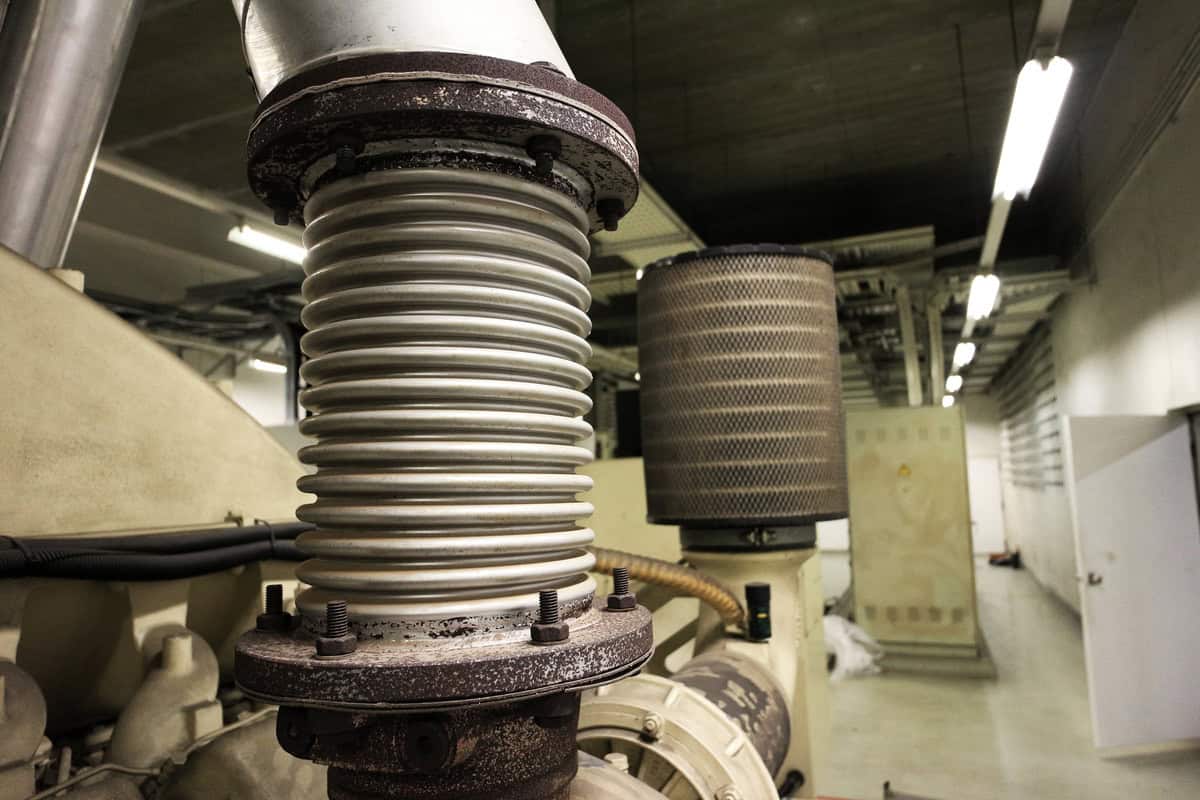
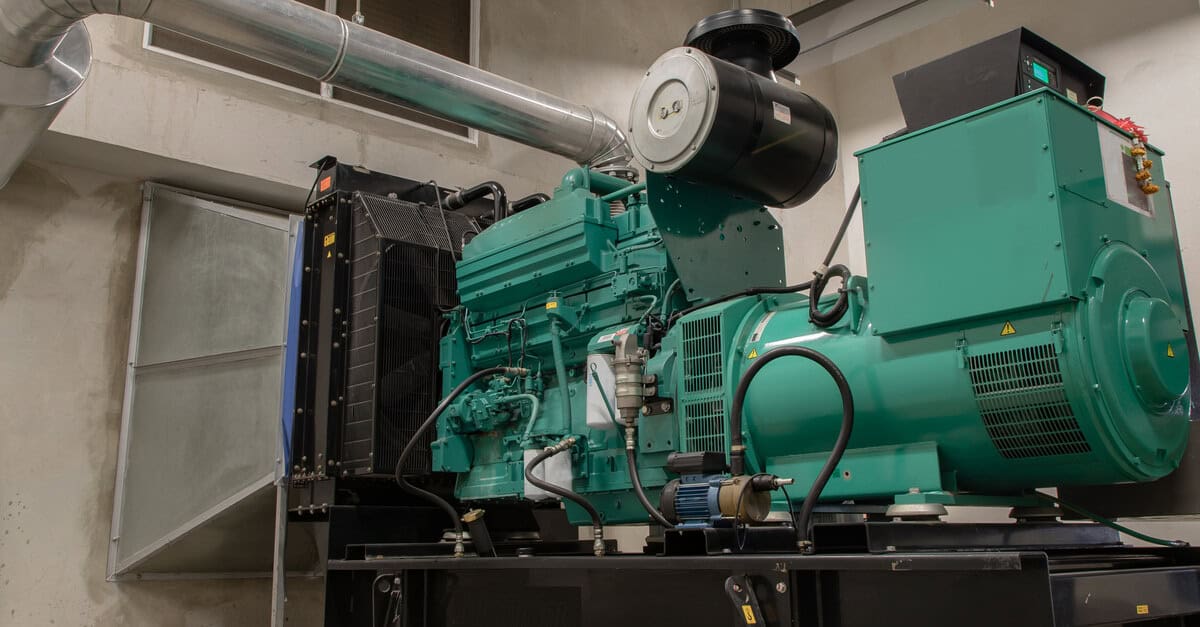
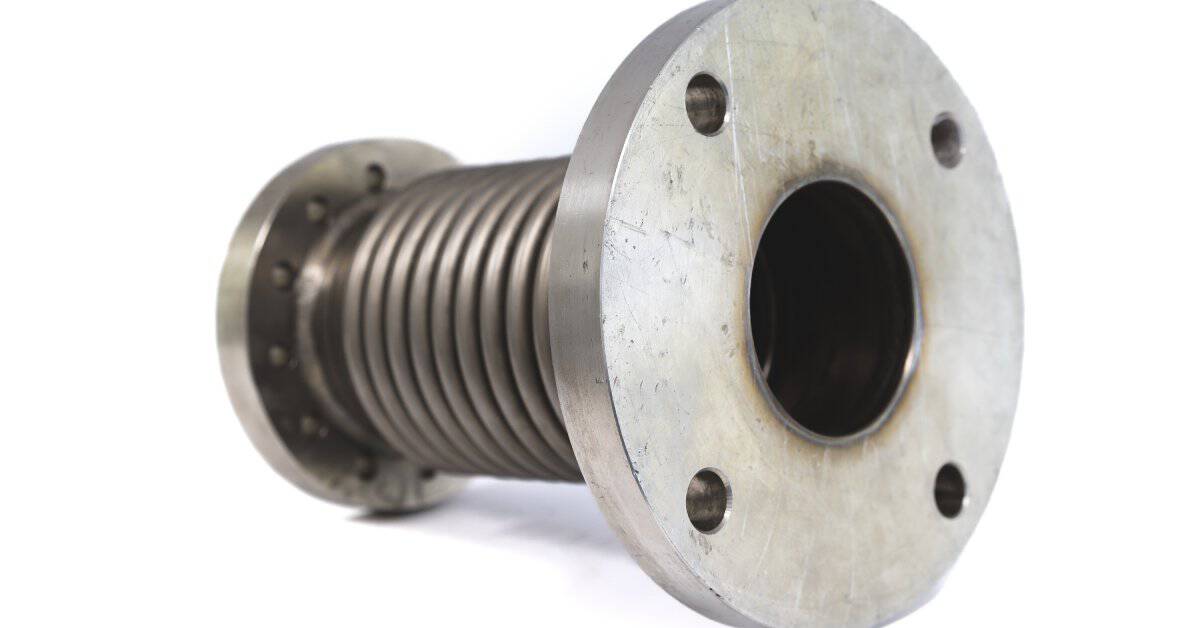
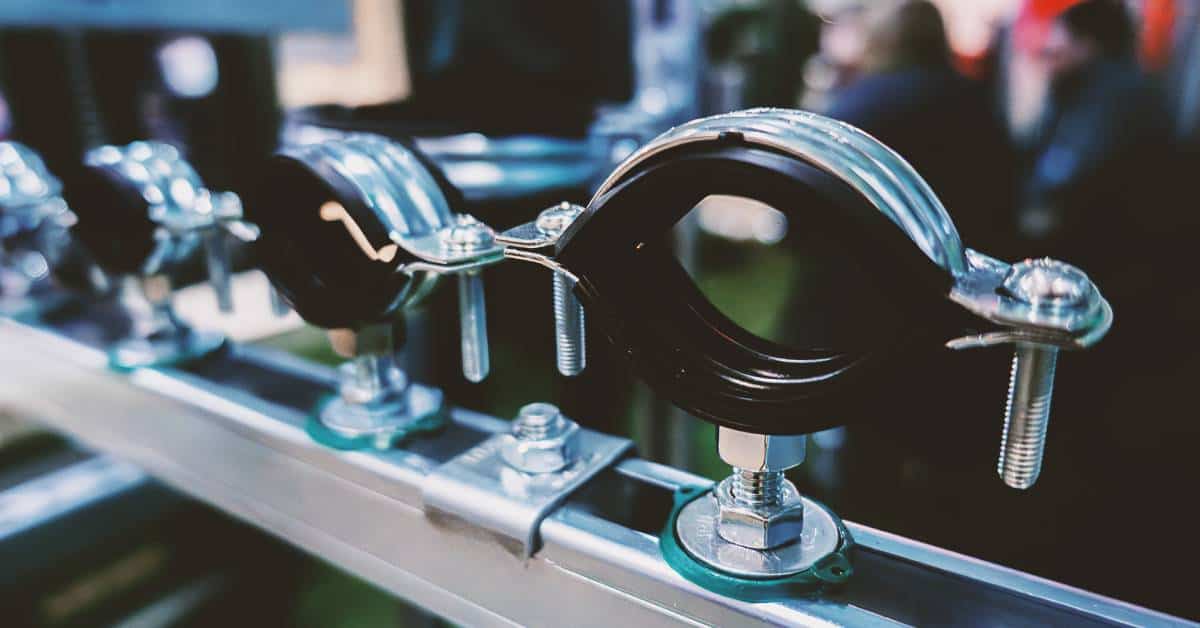
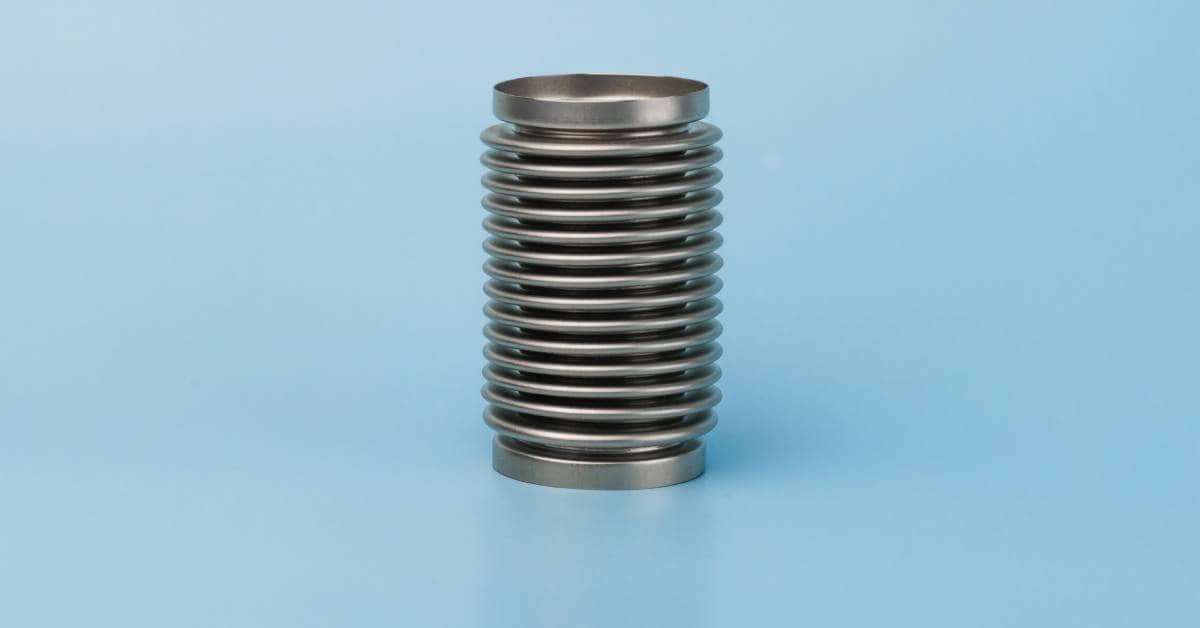
Leave A Comment
You must be logged in to post a comment.